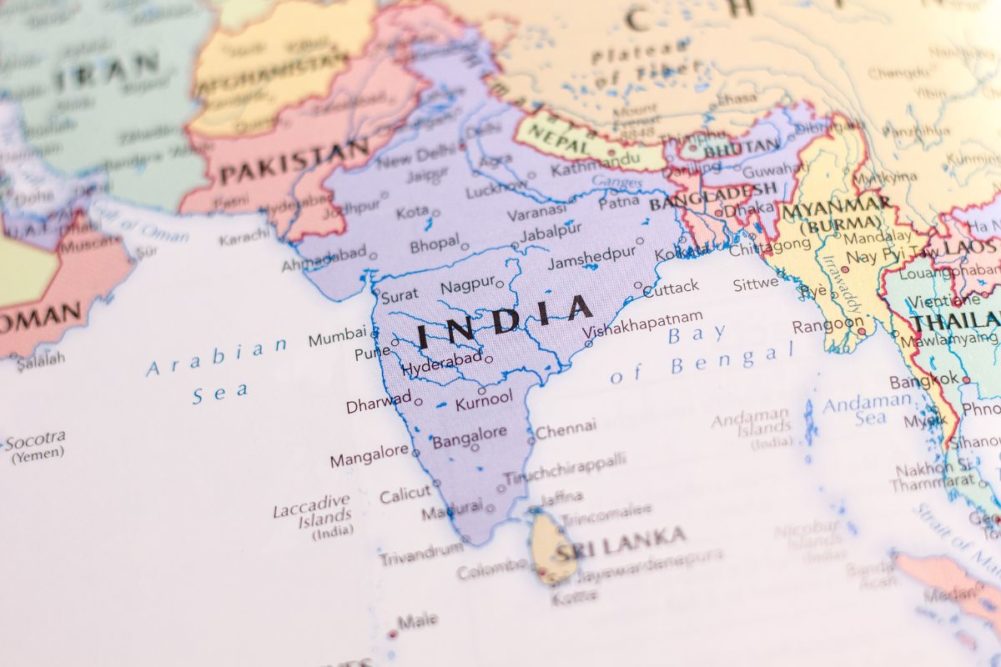
Arvin Donley, World Grain editor.
| Credit: ©SOSLAND PUBLISHING CO.KANSAS CITY, MISSOURI, US – With 11% of the world’s cultivable land area and as the second largest producer of wheat and rice, India is an agricultural powerhouse. Despite the increasing production challenges associated with climate change, India has seen wheat output steadily rise from 87 million tonnes in 2016-17 to a projected record of 110 million in the current marketing year. Rice has followed a similar upward trajectory over the past eight years, increasing from 109 million tonnes to a forecast 132 million tonnes in 2023-24.
Unfortunately, an unacceptable amount of that production goes to waste. Woefully inadequate grain storage capacity is among the reasons that India has one of the highest percentages of post-harvest grain loss among the world’s major producers. Although its wheat and rice production has soared, India’s ability to store these grains, which always has been a challenge, has worsened in recent years.
The nation’s total food grain production in 2023 reached 311 million tonnes, but its storage capacity is only 145 million tonnes, less than half of what is needed, according to the Food and Agriculture Organization (FAO) of the United Nations. It is estimated that India experiences annual post-harvest losses of between 10% to 15%, mostly due to inadequate storage facilities and inefficient distribution networks.
In a promising development, India Prime Minister Narendra Modi in February launched an ambitious initiative to address this problem. As part of a broader plan to increase food security in the world’s most populous country, the plan includes what Modi described as “the world’s largest grain storage scheme for our farmers. This will enable farmers to store their produce and sell it at the right time according to their own needs. This will also help them to avail loans from banks.”
With an investment of $15 billion by the Indian government, the scheme aims to create an additional 700 lakh tonnes (70 million tonnes) of grain storage capacity over the next five years by constructing thousands of warehouses and bins throughout India. The stated goal is to construct enough grain storage capacity to store 100% of India’s grain production.
If successfully implemented, the scheme will not only decrease the amount of inadequately stored grain, but the decentralization of grain storage also will reduce the need for long-distance transportation, lower transportation costs, and improve the efficiency of the supply chain.
By reducing post-harvest grain loss, India could maintain self-sufficiency in wheat and perhaps even become a net exporter. Such a development would increase export revenue for India and expand the global wheat supply, which would be welcome news for import-dependent countries, many of which have seen traditional trade flows altered following Russia’s invasion of Ukraine.
Hopefully the project will provide a roadmap for other regions and countries where post-harvest loss due to inadequate grain storage is an issue. In Africa, for instance, which according to most estimates loses 10% to 20% of its grain in the storage and transportation process, such an investment could be a game changer.
If the world’s largest grain storage scheme is successful, it would be a victory not only for India, but potentially the world at large.
Arvin Donley is editor of World Grain.






